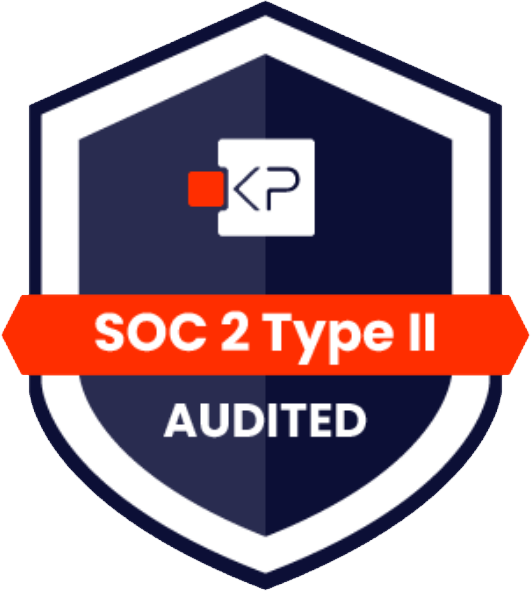Software can’t fulfill its potential unless it aligns closely with sound operational procedures. A staff of diligent, experienced professionals can serve as a conduit to make this happen.
Recently our editorial staff made it a priority to have a series of in-depth conversations with the professionals at SSCS—those that are out there doing it every day—to get a better sense of the characteristics that differentiate us in the market. The goal is to communicate those singularities more clearly to our readers.
So let’s start.
The broad view is this: we’re a complete service available for purchase by our customers—a team of tenured professionals with practical expertise built from experience that, oh, by the way, happen to be the stewards of a powerful technology built for the industry.
That description may seem a bit converse to some…many companies lead with their technology, placing it high on a platform for all to see (often decorated with price points that seem too good to be true), shouldered by staff (“support” in the most literal term) that always seem to be just out of view.
At SSCS, there’s less differentiation between people and product, and there’s a reason for it.
Daily work in a C-store is composed of a series of processes and procedures carried out by people. The more stores in the enterprise, the more people and the more process complexity.
While there is no doubt that intelligently designed, robust technology can make even the most complicated enterprise more efficient and profitable, it’s just not that simple. You can’t install software and hardware, push “play” and go, and watch the store’s bottom line get fat. To be effective, a C-store’s operations must be primed and ready to align with how the software is engineered Not that we’re talking about a one-size-fits-all solution. SSCS software is designed with plenty of operational flexibility, but there is no question that successful C-store business models tend to be variations on a theme.[2] There’s got to be a viable procedural framework in place for the software to support, and that takes managerial discipline. Without structure, technology can only be of limited use, because good software is designed to enhance efficiencies within a viable set of established processes. It reinforces managerial discipline and makes it better. If that discipline doesn’t exist, you wind up with a disconnect between store and software. That’s why you can’t separate an experienced, professional, motivated staff from the technology they provide. You can’t make them subordinate to their products. They’re more than sellers of a commodity—they function as specialists in their field, the conduit that gets the C-store aligned with the software and, as a result, unleashes its power. When we’re talking a full-featured technology platform processing a ton of daily data, that’s a lot of octane to fuel your bottom line. SSCS strives, as a team, to function as this kind of conduit. It starts with our training and phone support. While they’re providing product information and assisting in troubleshooting, they’re consistently touching upon the best practices our software reinforces, getting the customer up to speed that way. Listen to a conversation with one of our support technicians, and you’re likely to hear a large dose of procedural fine-tuning as well as problem-solving. A great example of what we strive for as a full service business is embodied in the suite of eight inventory videos our creative team (once again, an in-house entity) has released for our customers. Sure we go into colorful, dynamic detail about how to use our comprehensive inventory and scanning solution, but we also talk about the principles behind taking inventory by line item because if an operator doesn’t understand the advantages of item-level management, they won’t understand completely the benefits of our solution. It’s one of the most concrete examples of the principle of alignment—the marriage of technology and procedure—that we can think of. Our multi-dimensional approach is also exemplified by our sales team—again composed of individuals that have years and years of experience within SSCS. They perform their own form of support long after the sale that complements the contributions of other customer-facing departments at SSCS, including procedural fine-tuning. The idea is to weave a comforting blanket of assistance around the customer, an effort facilitated by our ability to work under a single roof with each other. We’ve left out a perhaps less obvious, yet very key part of our company’s complete approach to creating value through enterprise/technology alignment: our installation team. They’re important enough that we’ll devote an entire post to them next week. [1] For purposes of this discussion we going to ignore the obvious problems of inexpensive software with inadequate features since the issue does not apply to SSCS products. [2] One of the reasons we’ve been able to deploy effectively on a large scale with our corporate customers, namely Circle K and Sunoco APlus, is that they make a science out of developing best operating practices, so their stores are positioned to get the most out of technology sooner, opening up additional opportunities we can provide to them through our custom franchise and other services.







Leave A Comment